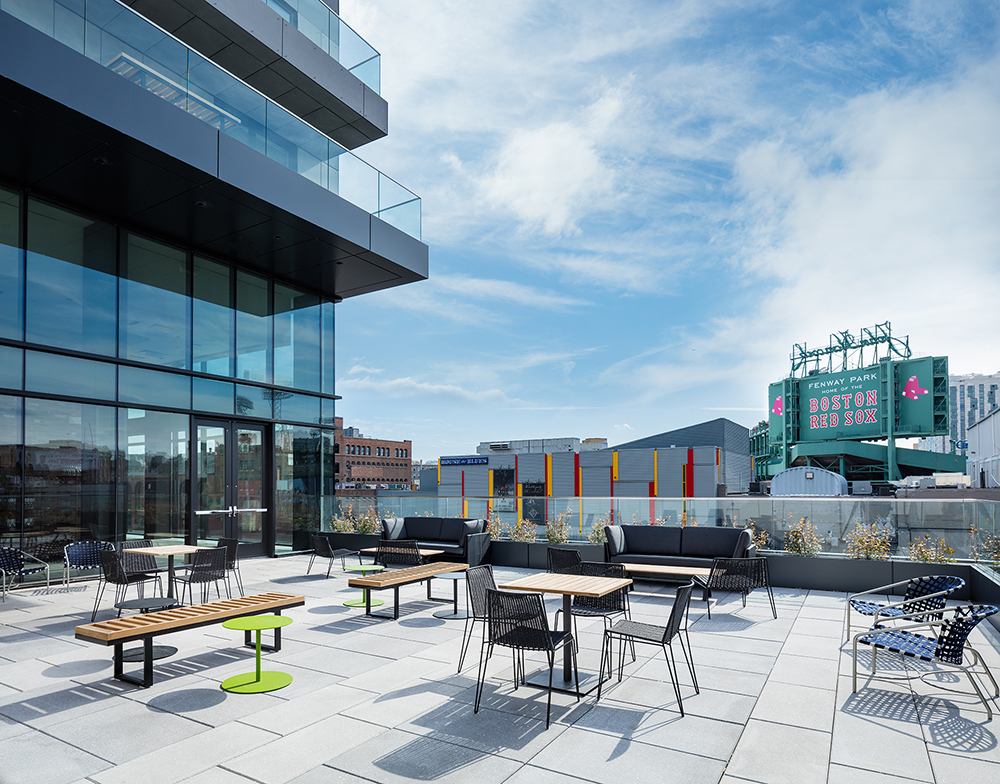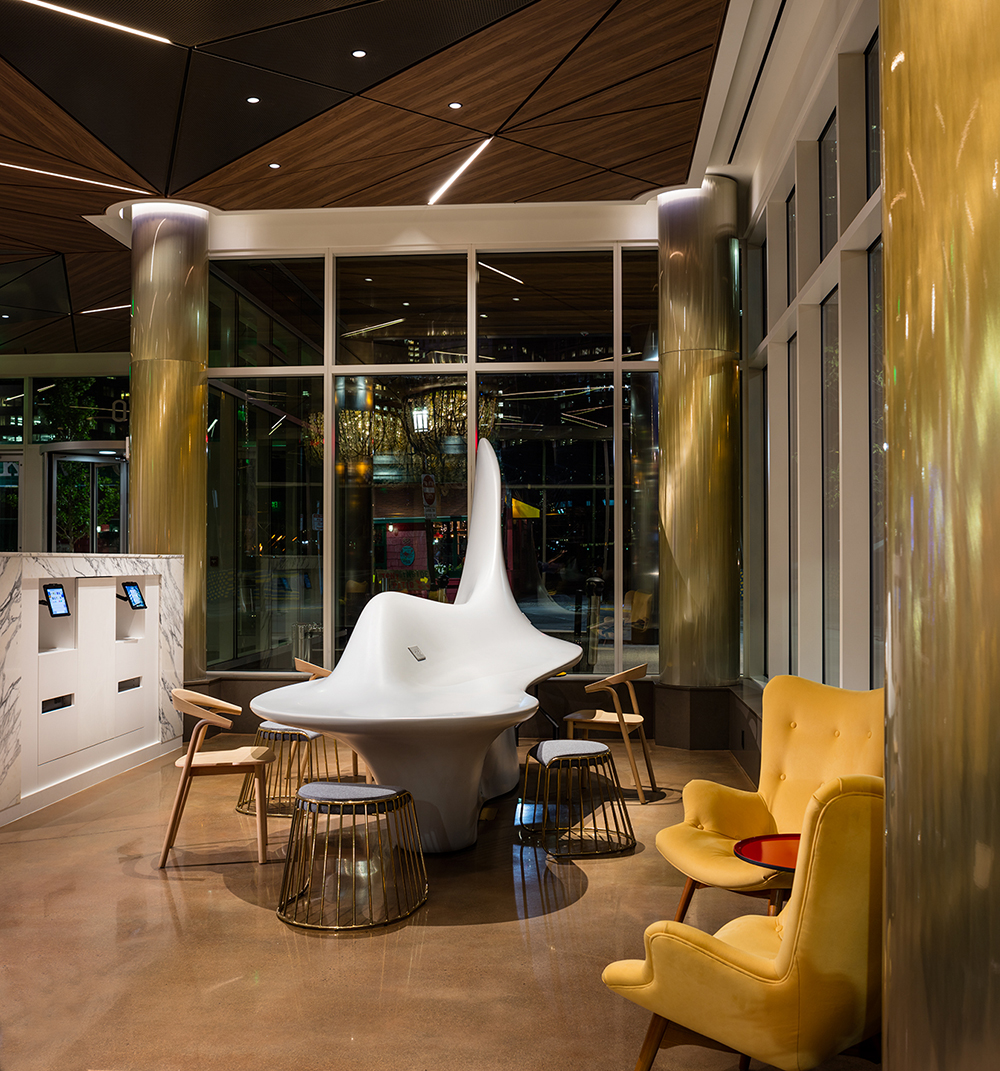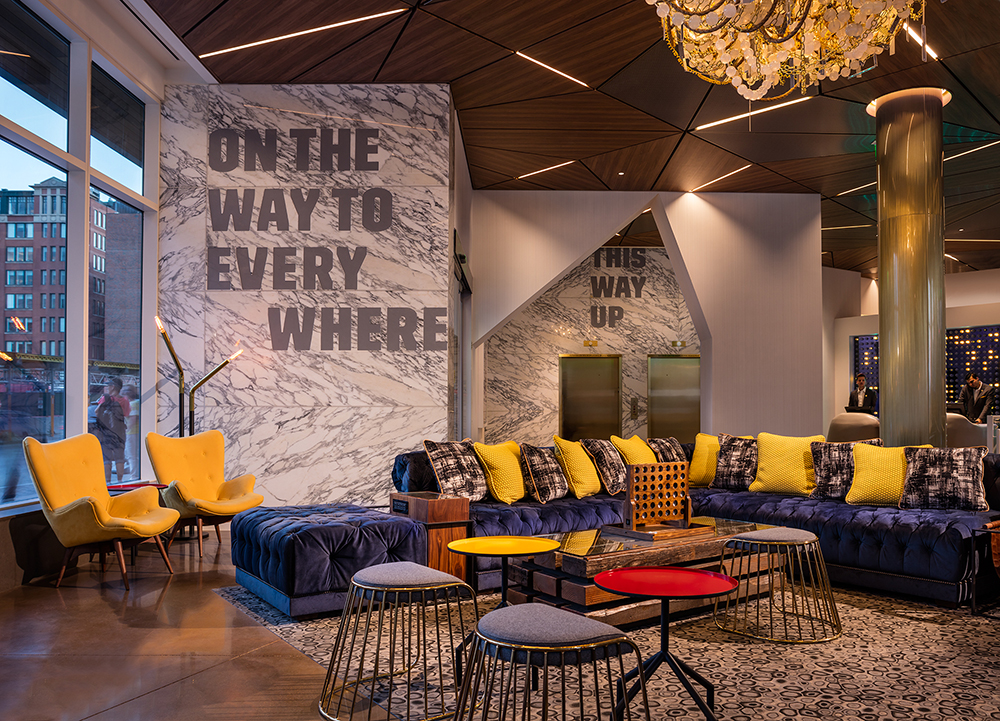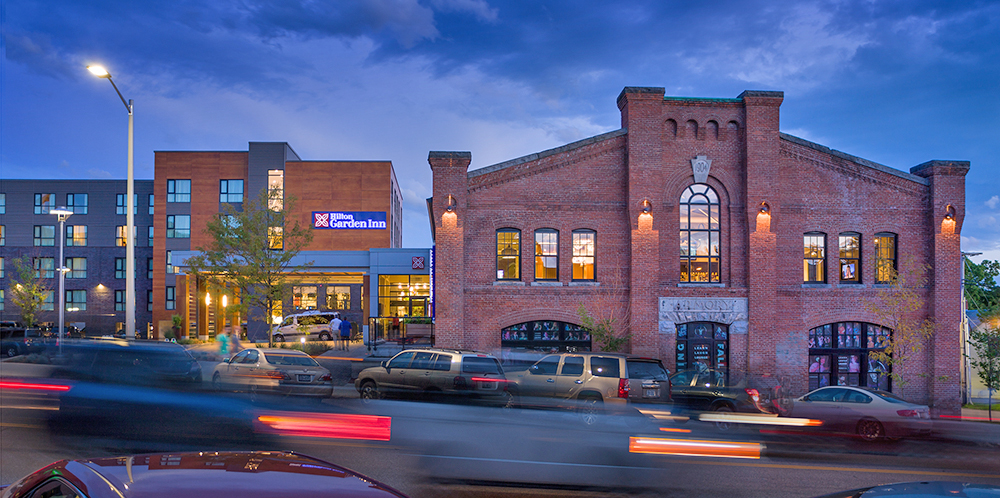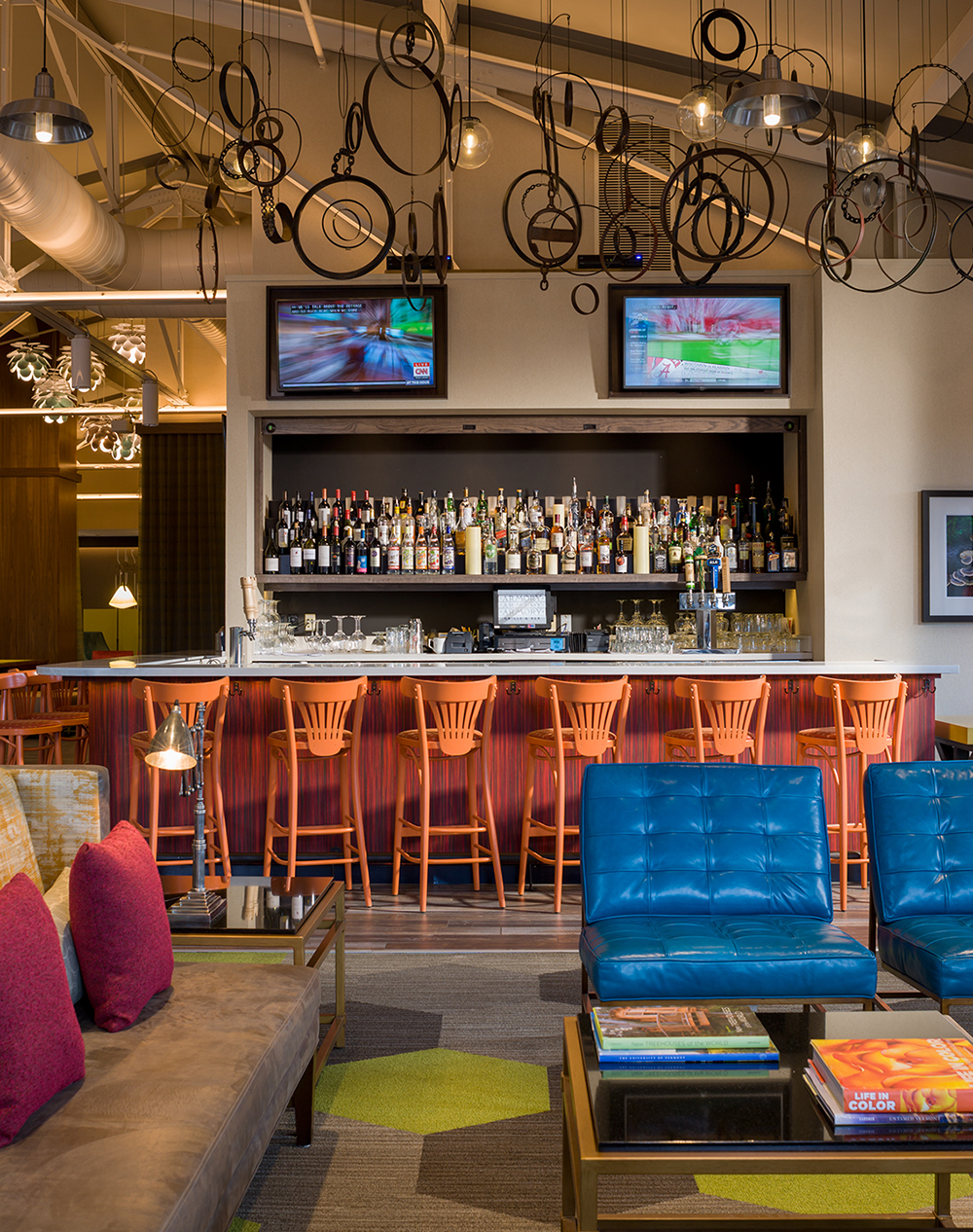Recently, I had the pleasure of participating in the New England Real Estate Journal’s Hotel & Hospitality Summit where I moderated a panel on design, construction, and the state of the industry. Coming out of this discussion were some important topics, astute ideas, and very thoughtful comments on construction and design trends impacting the current and future state of our industry.
The discussion that took place at the Summit is more important than ever as we, as an industry, navigate increases in construction costs, hotel brand evolution, and changing guest expectations.
Let’s take a further look at some of the challenges facing our industry as we strive to make our properties successful, profitable, and meet the highest level of guest standards and satisfaction.
Challenge One: Soaring construction prices Despite material prices increasing at a consistent rate, construction labor costs are skyrocketing due to overwhelming demand. Larger projects, like area casinos for example, require larger manpower and are absorbing market share and consuming the subcontractor market. According to the Bureau of Labor Statistics, the construction labor workforce has increased 4.7% since March 2015, yet it is still 12% below its peak of 7.5 million workers in 2007. This labor shortage continues to drive up construction wages for the hotel and hospitality market while lending is becoming more difficult.
Coping with increased construction costs How are properties managing these increases in construction costs? From a design perspective, there are a few ways to mitigate rising construction costs including a focus on increasing density to spread construction costs over more guest rooms and evaluating key design decisions to ensure the property budget is being spent in the right and most cost effective locations. It’s also important to capitalize on brand identity to gain increased market share upon the hotel’s opening to maximize the promotional hype and leverage the brand name.
Challenge Two: Brand evolution It’s never been a more important time to evaluate brand alignment. With the recent Marriott acquisition of Starwood and the increasing threat of Airbnb to traditional hotels with more than 1.5 million global room listings, property owners have increasing questions and concerns about the evolution of today’s hotel brands and the state of the competition. Many are evaluating going unbranded or soft branded, creating their own independent properties to limit being constrained to brand requirements. Or, aligning with collections like Curio by Hilton and Autograph Collection by Marriott that allow for more design customization and personalization for guests akin to the lure of Airbnb. New flags are also popping up such as Tru by Hilton and AC by Marriott that offer guests an “experience” instead of just a “place to stay.”
Selecting the right brand To align your property with the right brand, it is important to consider the availability of brands and their commensurate rate. Many brands today are experiencing market saturation. In addition, it’s critical to understand what brand ultimately makes the most sense for the price, location, and guest expectation. Location and brand is key, but let’s not forget about changing guest expectations and the importance of evaluating design trends to meet today’s travelers’ needs. This is a crucial part of brand decision and alignment as guests are becoming increasingly demanding. We need to continue to adjust and adapt our design philosophies to meet guests’ evolving needs.
Challenge Three: Changing guest expectations Today’s guests want it all. They desire the latest technological gadgets. They want their spaces to be open and interactive. Most importantly, they want an experience. They want to connect with and revel in the property’s locale. All of their senses must be engaged. They want a unique and personalized experience. This goes for all aspects of the design and flow of the property – how they arrive, how they are greeted, how they arrive into their room, how they plug in and are able to access their electronics, how the room is furnished and staged including scents and music. Interactions with the hotel staff is also important including check-in, room service, restaurant and bar service, and car valets. Overall, they want a holistic experience that is unique and personalized to their needs and preferences.
Design trends to meet new guest standards Current design trends have evolved beyond just colors and carpet selections, and for obvious reasons. Today’s guests are more advanced and forthright than ever, creating more experiential design trends than in years past. Connecting the design with the community and local aesthetic is essential. Properties must continually push the brand and the design to be something more than just the standard. Give guests the culture they are craving including touch points that are essential to their overall experience. The design of the property is what pushes the rate and creates the vibe that makes people want to stay there. Great design makes the destination come to life!
Overcoming hurdles for successful properties There’s no way around it – construction costs are going to continue to increase. Hotel brands will keep evolving. And guest needs are ever changing with the times. Careful decision making to spend design dollars in the right places where guests will appreciate and interact with it will provide ample return on investment. As the saying goes, you need to spend money to make money. Aligning with the right brands to offer guests the touch points they need as well as designing to give travelers a memorable experience is imperative to the property’s overall success. If the guest experience is enriched, then there is inherent value that they are willing to pay for in today’s increasingly competitive marketplace.
Harry Wheeler AIA, NCARB, LEED is a principal at Group One Partners, Inc., an award-winning hospitality design firm based in Boston that specializes in architectural, interior design, and purchasing services for hospitality properties. Wheeler is a registered architect in more than 15 states and a member of numerous architectural, lodging, and marketing associations.









